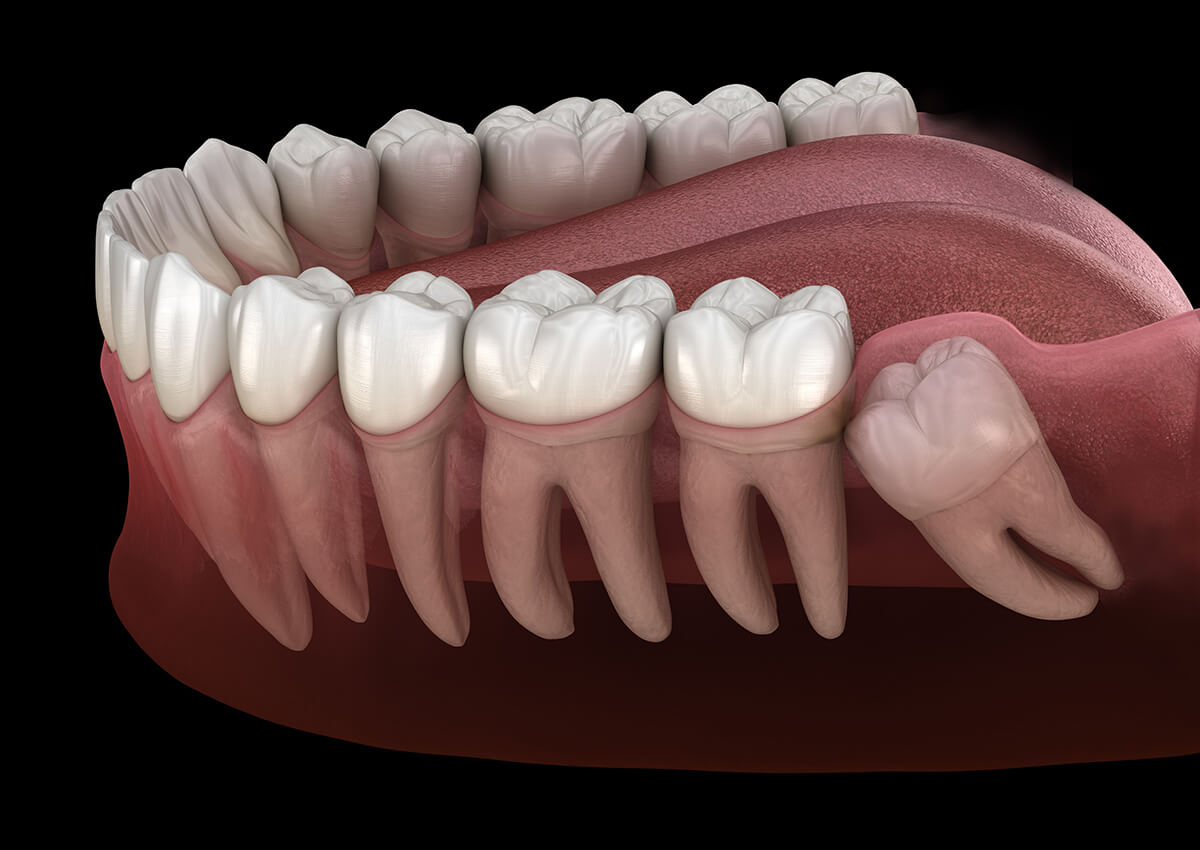Now Reading: Wisdom Teeth Removal, What You Need to Know
-
01
Wisdom Teeth Removal, What You Need to Know

Wisdom Teeth Removal, What You Need to Know
Mesiodistal tooth development of the third molars is commonly referred to as wisdom teeth and is usually the last teeth to develop, which occurs between the ages of 17 and 25. That was useful to our ancestors who had a rougher diet, but those are again quite a nuisance in today’s society due to changes in the size of jaws and Dentistry. This article will discuss when these teeth should be removed, at what age they erupt, and several factors of issues people should know regarding wisdom teeth removal.
When Do Wisdom Teeth Appear?
In general, the third molars or the wisdom teeth start to come through at the ages between 17 and 25 years old. Yet, it may occur at different ages in all people at a more or less early age or, conversely, at a later age. These teeth are often not able to develop enough space for their growth in the mouth and, therefore, cause a number of dental problems.
Why Remove Wisdom Teeth?
Finally, it is important to say that not all people require their impervious teeth to be pulled out. If they are well aligned and are healthy, then they can be left as they are. However, several common issues often necessitate their removal: However, several common issues often necessitate their removal:
1. Impaction
An interesting fact is that the third molars also referred to as the ‘wisdom teeth,’ are usually Learned as cones embedded under the gum or behind other teeth. This may result in pain and inflammation or even get infected. Such wisdom teeth may also affect the adjacent teeth as well as the jawbone, causing harm to it.
2. Crowding
Sometimes, it is also seen that due to lack of space and space constraints in the mouth, the third molar or the wisdom teeth exert pressure on other teeth and push them, creating crowding and misalignment. This can lead to the shifting of many teeth, which may cause the unalignment of teeth that have previously been aligned or the creation of new unaligned teeth.

3. Decay and Gum Disease
More so, wisdom teeth are found at the back of the mouth and hence are unable to be cleaned satisfactorily. This leads to the increased chances of tooth cavities and gum-related illnesses. If treated negligently, these problems tend to affect other teeth and gum tissues, resulting in even worse or an aesthetic condition.
4. Cysts and Tumors
Occasionally, such a sac that has enclosed an impacted wisdom tooth can develop fluid in it, creating a cyst. This cyst has the potential of causing erosion of the jaw bone, the teeth and nerves. At a much lesser frequency, tumors may form around the impacted tooth.
The Removal Process
Third molar extraction is one type of procedure that an oral surgeon or a dentist often performs. The process usually involves the following steps: The process usually involves the following steps:
1. Consultation
Your dentist or oral surgeon will then examine your wisdom teeth and require an x-ray to ascertain the position of the teeth in relation to your oral health risks. In case they find it necessary that the child be removed, they will tell them how it will be done and what to expect.
2. Anesthesia
Anesthesia will be administered to you prior to the surgery to make sure during the surgery, you feel as much comfort as possible and that you do not feel any pain. This could be local, where the surgeon numbs the part of the body being operated on; Sedation, where you are given a drug to help you relax; and General, where you get put to sleep for the entire procedure.
3. Extraction
Depending on the severity of the situation, the dentist or surgeon will have to cut the gum in order to get to the tooth. If the tooth is located in a complex territory, it may be necessary to divide it into several fragments in order to extract it. After tooth extraction, you will be given instructions on how to take care of the area. Right after the operation, there will be some slight cleaning with the removal of the tooth, and sutures may be put to close the surgical wound if necessary.
4. Recovery
Before the procedure, one will be advised on how to handle it after surgery as well as those nursing products such as pain relief, swelling and bleeding. It usually ranges from several days to a week, depending on the extent of tissue injury. There is a possibility of the formation of blood clots, and therefore, the patient requires bed rest, no lifting objects, and a soft diet.
To wrap this up
This common surgery helps prevent several dental complications, including infections, gum diseases, moles, and tooth decay. If your dentist ever advises you to have the Wertheim effect on your wisdom teeth, it is important to heed his advice for your oral health’s sake. A visit to a dentist will enable checking on the growth of your wisdom teeth and determine what should be done next.




















